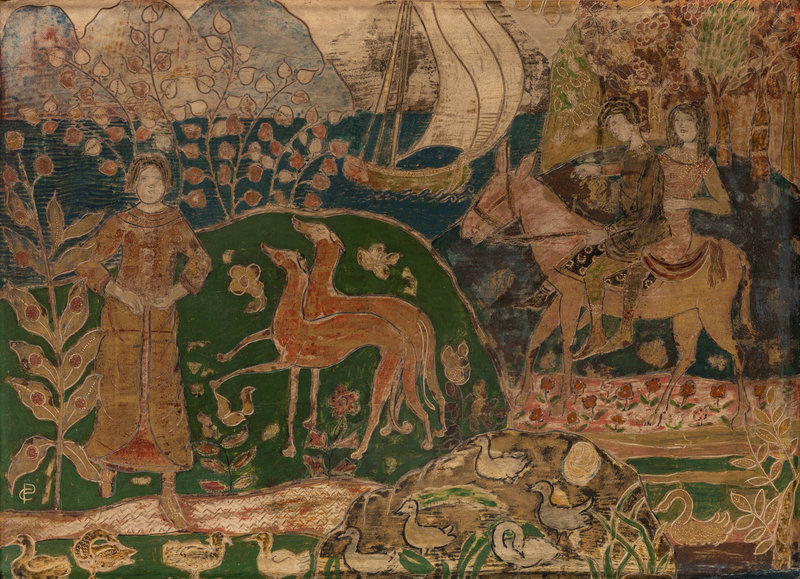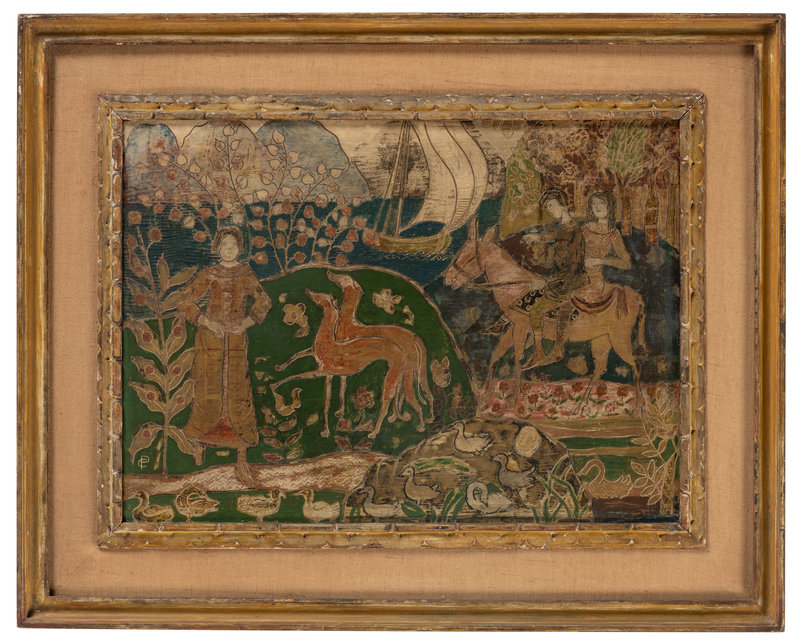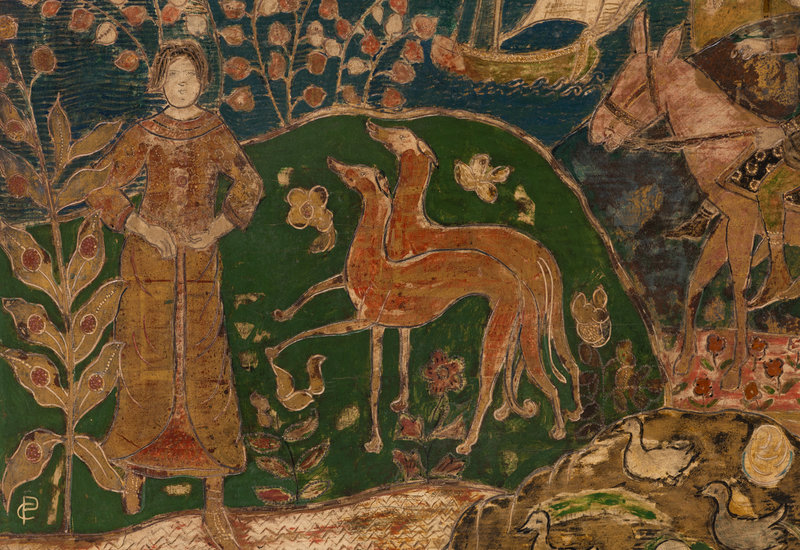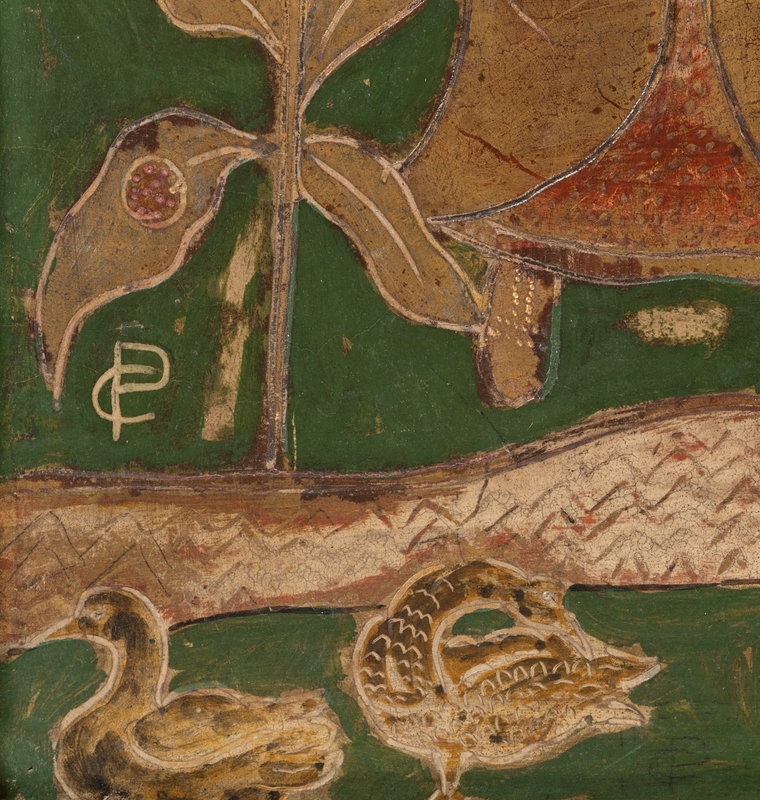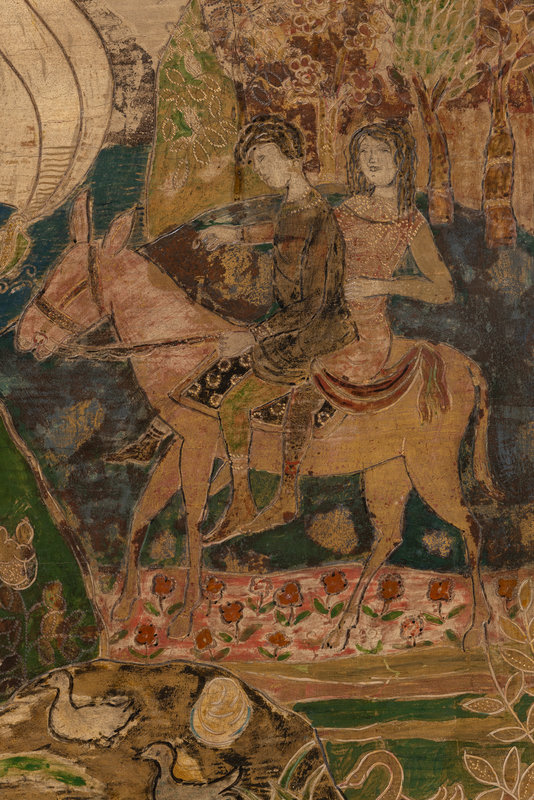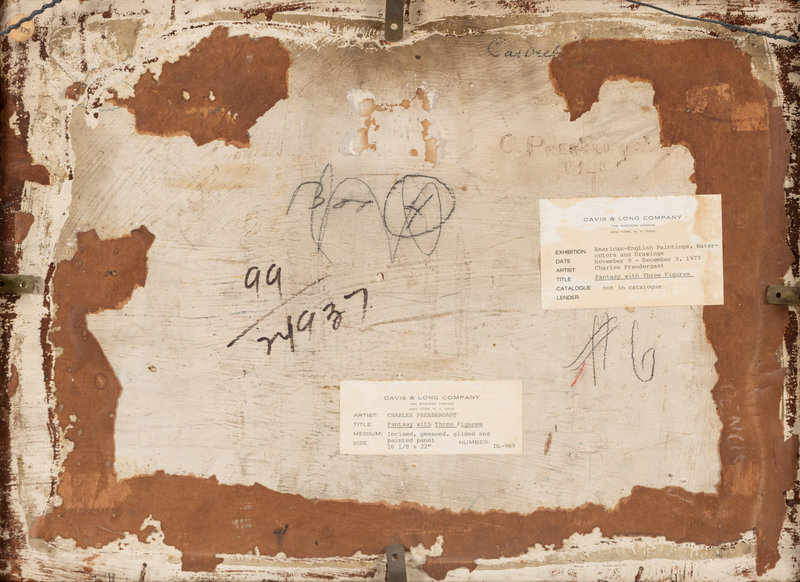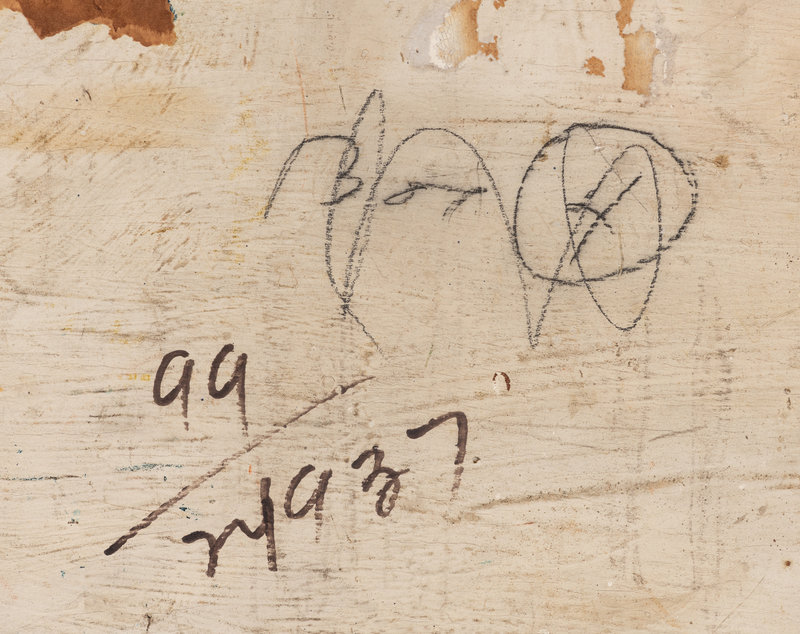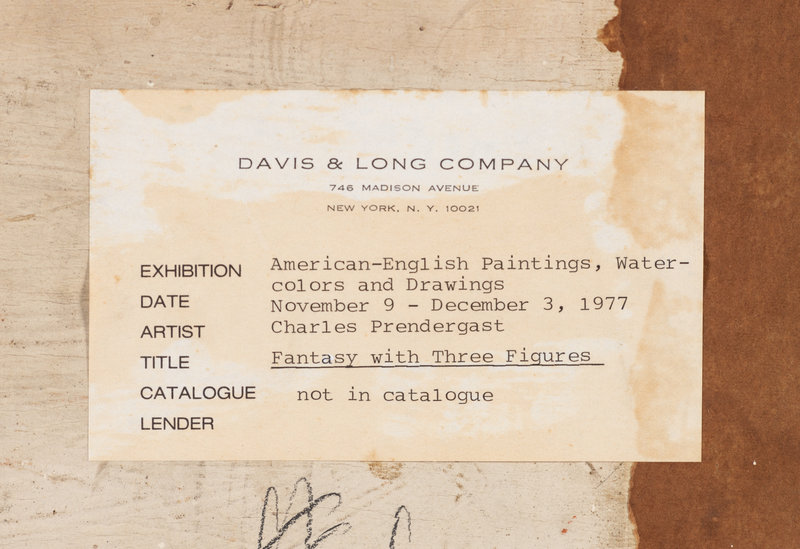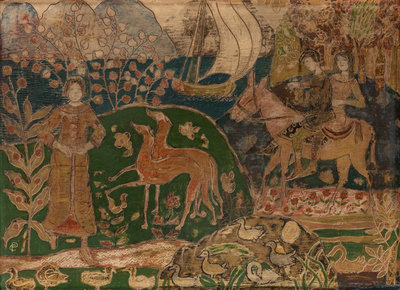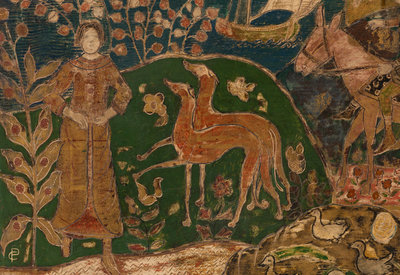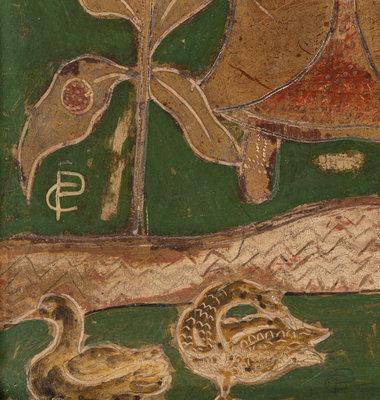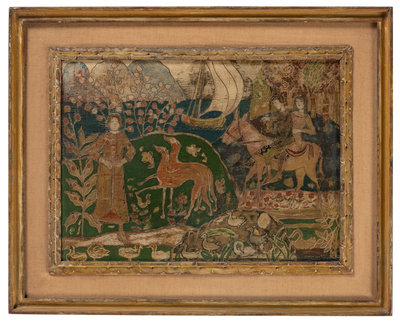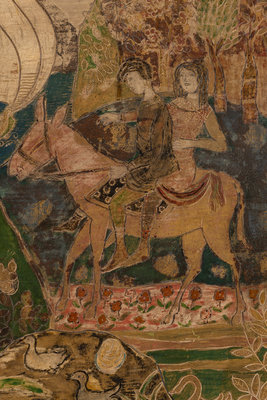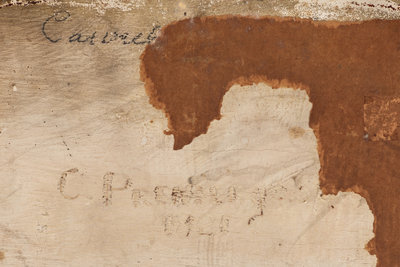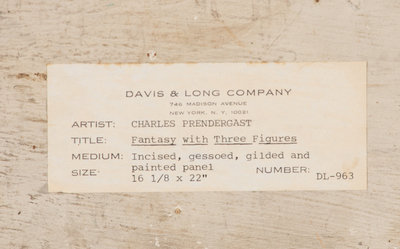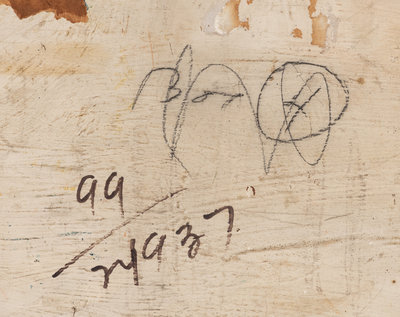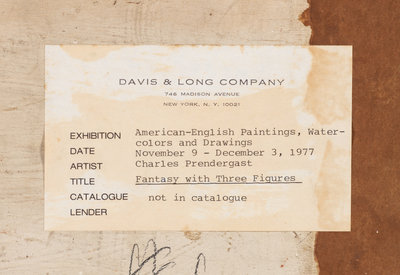Condition Report
Contact Information
Auction Specialists
Lot 62
Charles Prendergast
(American, 1858-1924)
Fantasy with Three Figures (Allegory), 1921
Sale 1283 - Canvas & Clay: The Collection of Judith and Philip Sieg, Bellefonte, Pennsylvania
Oct 26, 2023
10:00AM ET
Live / New York
Own a similar item?
Estimate
$150,000 -
250,000
Lot Description
Charles Prendergast
signed with initials CP (lower left), signed C. Prendergast and dated (etched on verso).
16 x 22 inches.
The Collection of Philip and Judith Sieg, Bellefonte, Pennsylvania
(American, 1858-1924)
Fantasy with Three Figures (Allegory), 1921
tempera and gold leaf on incised, gessoed panel
signed with initials CP (lower left), signed C. Prendergast and dated (etched on verso).
16 x 22 inches.
The Collection of Philip and Judith Sieg, Bellefonte, Pennsylvania
